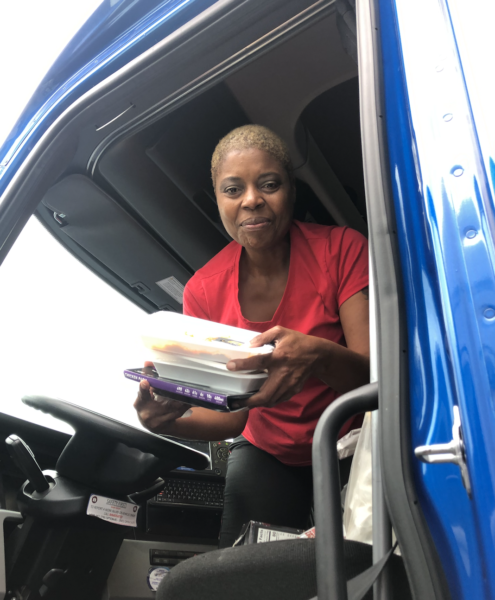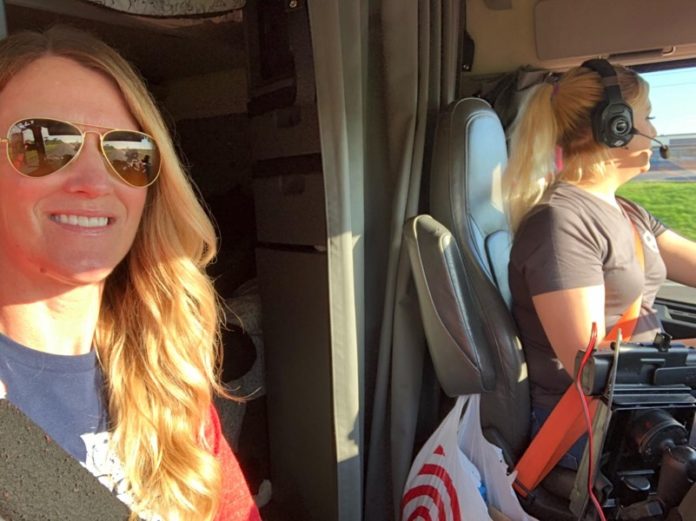During the first wave of COVID, when all non-essential workers were told to stay at home, truck drivers were among those on the front line delivering the groceries, medical supplies and all the necessary items we need each day.
As fears of the virus grew, truck stops began shutting down their restaurants and restaurants across the country shut down their dining rooms — forcing hungry patrons to either drive thru or order carryout. Truck drivers were given very few options for food, as their trucks are typically too big for most restaurant parking lots and won’t fit through a great majority of drive thrus.
Not long after, we at CDLLife began getting messages from drivers saying they were having trouble accessing fresh, hot meals.
CDLLife exists to support truck drivers; we knew we had to do something to help drivers who were on the front line. With the help of our sponsors and donors, Cobra Electronics, Volvo Trucks North America and Monster Energy Drinks, we launched Fueling Our Heroes.
I hopped in a truck with truck driver Brittney Richardson and we spent 2 weeks driving across the country, handing out meals to drivers at truck stops and rest areas.
Over those 2 weeks I lived in a truck and I witnessed, with my own eyes, what truck drivers were experiencing out on the road during a pandemic. This was my experience.
On Tuesday, May 5, 2020, Brittney and I left Kansas City and headed east. Our planned route would take us to 15 cities and 2,000 miles in 6 days.
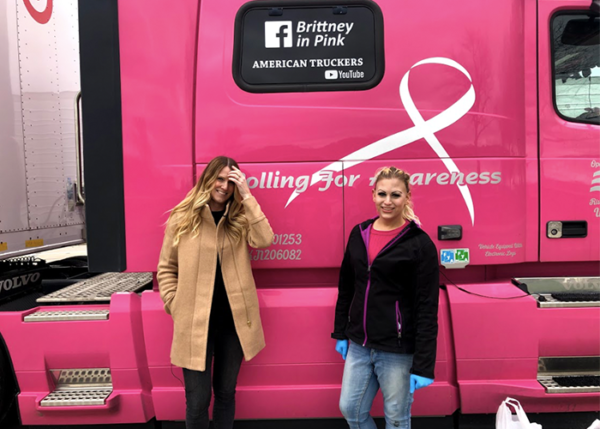
We made our first stop in Missouri at a chain truck stop. It was about lunch time, so we wanted to make a quick stop and grab a fresh drink. Despite hearing from numerous drivers about all of the closures and limitations, I was still thoroughly surprised to see all of the hot food options completely shut down — the dining room was closed and the lights were off; all of the independent food kiosks were dark. There was literally no hot food available. Not only that, the soda fountains and self-serve coffee stations were also shut down.
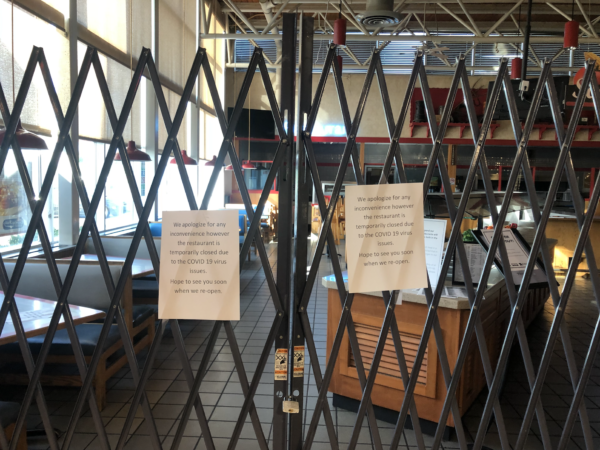
Prior to our trip, and in anticipation of this, I meal prepped for the week. We were fortunate enough to have a refrigerated trailer where I could store my food for the duration of the week — not all drivers have this luxury, as most trucks don’t have adequate refrigerator space.
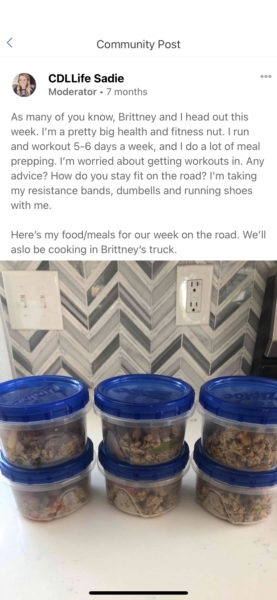

I spoke with Britteny and a few other drivers about why they couldn’t just meal prep, and Brittney said, “I haven’t been home in weeks, because I’m too scared I’ll take the virus home, and with my route, it’s been hard to get to the grocery store. I have a tight schedule and most stores have reduced their hours. I had a few hours the other morning, but the grocery store that I went to only allowed at-risk shoppers in the store.”
Many other drivers I spoke with said similar things. They were scared that since they were on the front lines, they weren’t going home in fear of spreading COVID to family members. Many drivers we encountered said they don’t have refrigerators or microwaves in their trucks — they rely on truck stops and restaurants for meals.
What I quickly learned was your only options at truck stops were pre-made refrigerated sandwiches, burritos, and other processed foods that could be heated up, as well cheese sticks, yogurt and various other refrigerated items.
We made our way from Kansas City, up to Illinois, over to Ohio, onto Pennsylvania and then back down through Kentucky and back up to Kansas City.
We stopped at truck stops in 15 cities. All had restaurants mostly or completely shut down. Even some that did have restaurants, like a Wendys, had limited hours. For example, we left at 4:00 or 5:00 am each day, and one of the restaurants we found that was offering carry out orders didn’t open until 7:00 am, so we were out of luck there, too.
I fully immersed myself in the over-the-road trucking life. I rode in the truck, I slept in the truck, I attempted to cook and exercise in the truck, I showered at truck stops (a whopping $12 to $16 per shower for those of you not in the trucking industry). I wanted to fully experience what truck drivers were dealing with on the front lines.
Each morning when I got up, I got dressed and walked to the truck stop to get my morning coffee. Again, you were not able to pour your own coffee. You had to wait in line and have an employee pour your coffee. “Please leave enough room for creamer, like a lot of creamer,” I’d instruct them.
While on our route, I spotted a Starbucks. I was dying for a Starbucks breakfast sandwich and coffee. It was even in front of Walmart where we could park the truck and walk. I was thrilled. Sadly, the Starbucks was dine-in area was closed and we weren’t allowed to walk through the drive thru. The simple things most of us take for granted.
At various rest areas throughout the trip, we found vending machines and water fountains turned off. In Pennsylvania, the worst state for truckers during the pandemic, we met with a driver in the rest area who said he was hoping to grab a quick snack and a drink of water, as we stood in front of 5 turned off vending machines and 2 disabled water fountains. We gave him a case of our water to take with him.
During those 2 weeks, I didn’t find a single place we could get a hot, healthy, homestyle meal — our options were limited to fast food (at some locations) and refrigerated, processed or pre-made food.
As the second wave of Corona virus is surging, more cities are shutting down dine-in options and truck stops are being forced to shut their restaurants down again.
We all, as a nation, felt the effects of COVID — we could no longer dine in at our favorite restaurants, visit theaters, go to concerts, etc., but at we could still use fast food drive thrus, have our groceries delivered; we could enjoy a warm meal. We sheltered in place and did our part to help prevent the spread of COVID, while our nation’s truck drivers worked to keep the supply chain moving.
We have to do better for them this time around. Truck stop restaurants need to stay open to feed drivers, fast food chains need to allow either curbside pickup or walk-ups. Rest areas need to keep vending machines and water fountains running.
Thank you, drivers. We appreciate you.
